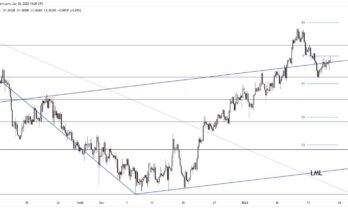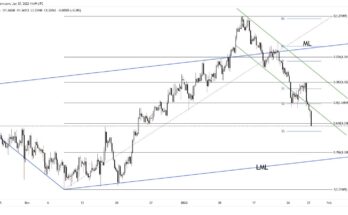Emerging market currencies remain in focus this week and have seen some stabilisation overnight. Losses so far this year have amounted to around 3.5% (JP Morgan EM FX index). There has also been a change in that those countries running current account surpluses (so not dependent on overseas capital) have suffered more, down 4% this year, compared with 2.5% for deficit countries. The rouble has been a large part in the surplus country underperformance, with Hungary also suffering more than most. This contrasts with the trend seen last year, when deficit countries were hit the most as investors feared that these countries would find attracting capital harder in an environment of the US scaling back on bond purchases. What this does show is perhaps less discrimination in the sell-off this year, with investors just wanting to reduce exposure to EM overall.
Overnight, there was a surprise tightening of interest rates from the Indian central bank and the Turkish Central bank have conveyed a meeting to discuss the situation with the currency, which has just bounced off an all-time low. The question is whether this will change the thinking of the US central bank as it meets to discuss interest rates today and tomorrow. The link is pretty strong, because much of the excess liquidity in the US last year found its way into emerging markets, leaving them vulnerable to the FOMC reigning in the monthly bond purchase amount. We still expect to see the FOMC reduce tapering by another USD 10 bln this week. On the majors, sterling is in focus today with the release of GDP data where a 0.7% increase is expected. Naturally, firmer number would boost sterling and make life more difficult for the Bank of England governor, with the market now pricing higher rates in the early part of next year.
Further reading:
AUD/USD: Bearish Medium Term Despite Recovery Attempts
Emerging market currencies
AUD/USD: Bearish Medium Term Despite Recovery Attempts



